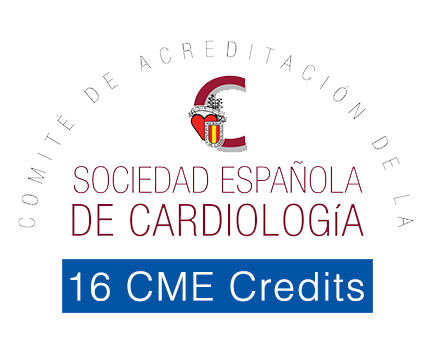
Porawan Bunleng
Bumrungrad International Hospital, Thailand
Title: Strategies for improving door-to-ECG time in acute coronary syndrome patients: Bumrungrad International Hospital
Biography
Biography: Porawan Bunleng
Abstract
Background: Target ACS is a hospital quality initiative by setting challenging target for achieving the door-to-ECG time goal of 8 min ACS patients (The goal standard of door-to-ECG time benchmark is <10 min). Our hospital’s STEMI sub-committee recognized the importance of improving door-to-ECG times due to the benefit of a rapid initial ECG results can lead to rapid reperfusion.
Aim: Aim of this study is to improve door-to-ECG time for achieving door-to-ECG time goal of 8 min in ACS patients.
Methods: This study was conducted at the Bumrungrad International Hospital, Thailand. This hospital has 580 in-hospital beds and emergency cardiac catheterization is available 24 hours. Multi-component strategies includes: Provide infrastructure in an especially high-risk area for heart attack in hospital to facilitate early identification of critical arrhythmias such as ECG monitoring, fast track communication, etc.; develop a standardized annual education program to ensure ongoing competency in ECG acquisition skill to identify STEMI patients in the field; having a dedicated quality assurance process to monitor performance of the STEMI bypass system, and; a real time dashboard to monitor STEMI performance and using for gap analysis based on a comparison of current practice and best practice to development of consensus recommendations for improvements in the management of STEMI patients in hospital.
Results: A total of 257 patients included in the study: 112 before (January to December 2014) and 145 after intervention (January to December 2016). Before the intervention, 48% received an ECG at 8 min or less. After the intervention, 97% met the time requirement, for a mean difference of 49%. The mean (min-max) time from door-to-ECG was decreased by 4 min after the intervention.
Conclusions: The overall percentage of patients with a door-to-ECG time within 8 min improved without increasing staffing.

